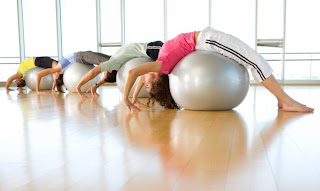Airport travel can be frustrating, and those stresses don’t even include the obstacle of trying to eat healthily while on the go. The abundance of unhealthy food choices, frequent restaurant meals and lack of control that sometimes accompanies visits with friends/family can send your best intentions into a downward spiral. Try using these five tips to keep yourself healthy while traveling this summer.
1. HYDRATE The dry air onboard airplanes can cause gradual fluid loss. Make sure to hydrate before you board the plane. To get around the liquid restrictions at security, pack an empty water bottle in your carry-on and fill it after passing through security. For further hydration, bring a single-serve packet of an electrolyte sports drink powder or tablet.
2. BRING HEALTHY SNACKS The old standard airline snack – pretzels – are fillers that don’t satisfy hunger. With a little planning, you can eat much better on the flight. Snacks like a packet of oatmeal, nuts, raisins, even a small packet of veggie or protein powder (whey mixes easily with water) transport great and provide more nutrients and fiber to keep your body satisfied.
3. THE HOTEL ROOM If possible, get a room with a kitchenette or refrigerator and stock it with some key items from a local grocery store to save money and boost your nutrition while traveling. You’ll save money on food or room service, and have more control over making healthy choices.
4. THE CAR TRIP Traveling on a long road trip? Pack the cooler with snacks instead of frequenting fast food restaurants. You won’t be tempted by gas station junk food. Stop at a pretty roadside spot for a picnic and to stretch your legs – it beats fast food options any day of the week!
5. KNOW THY RESTAURANT If you’re going to eat in a restaurant, check their website beforehand and carefully select your order. That way, you don’t have to look at the menu inside the restaurant so you won’t be tempted to order something unhealthy when you sit down.























